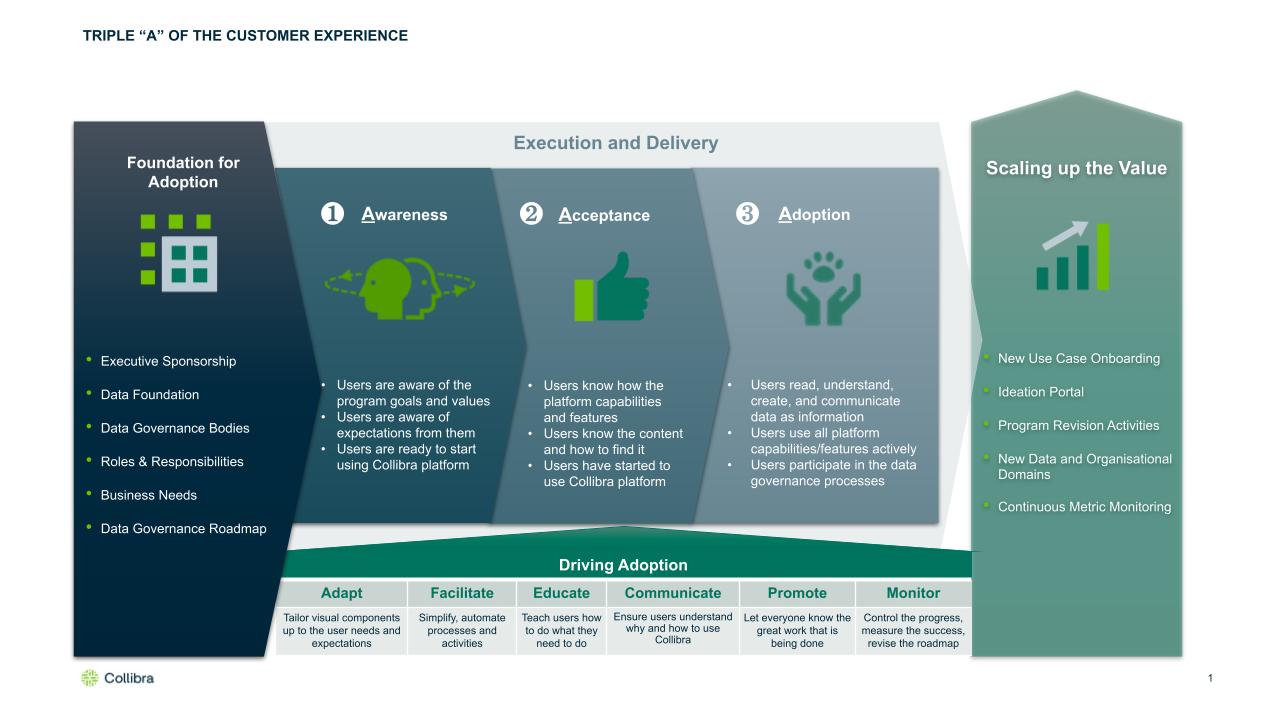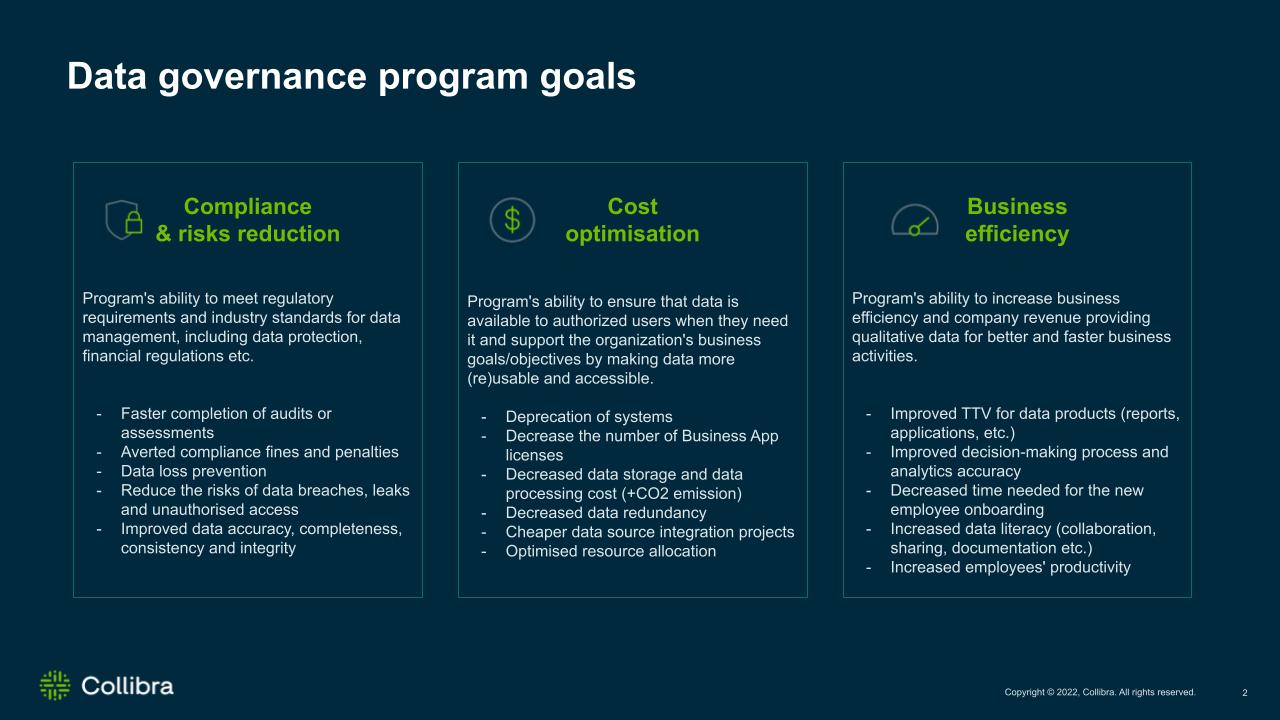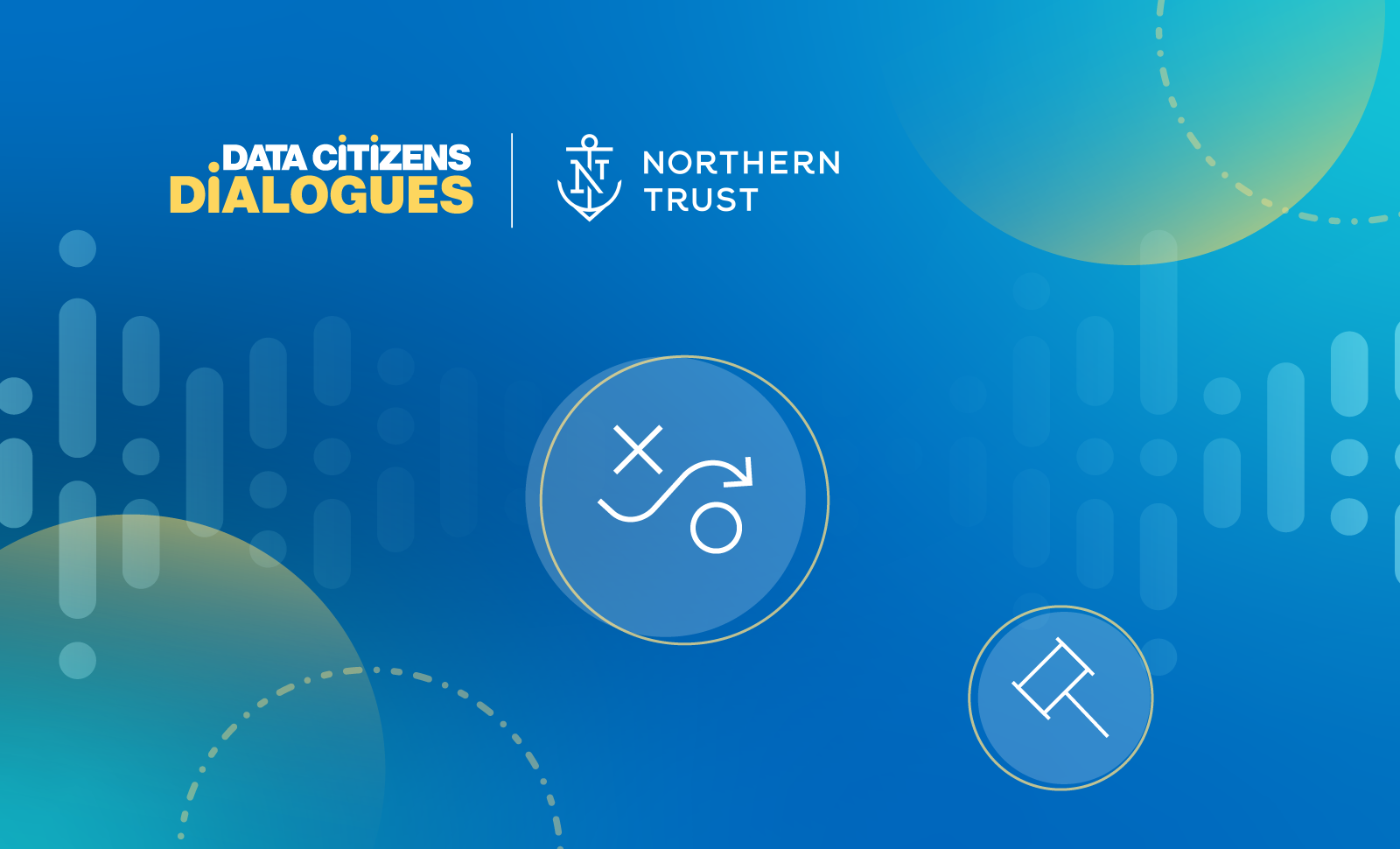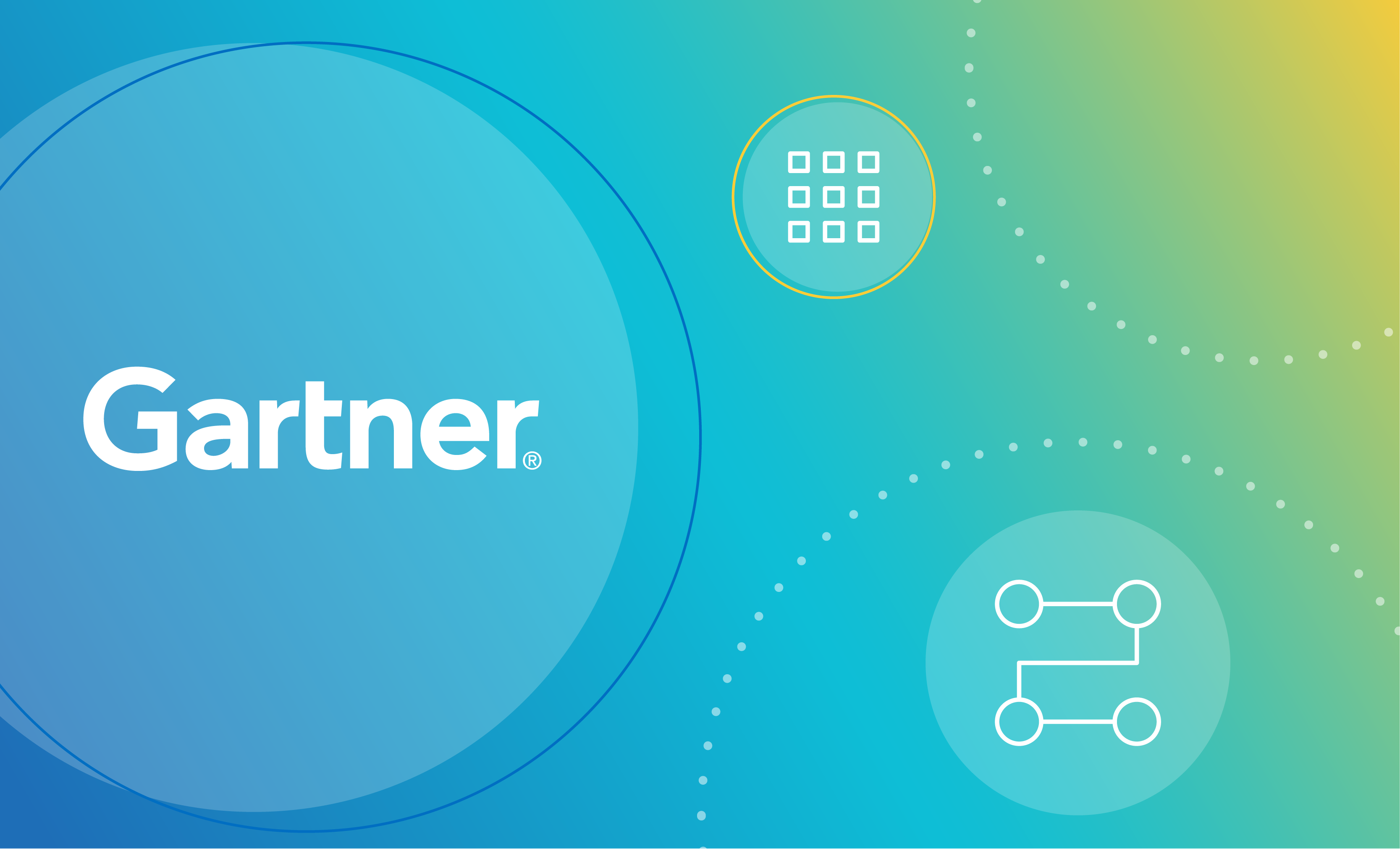How do you drive new product adoption? It’s the most important question for product owners and their sponsors.
Unfortunately, there’s no silver bullet. There’s no special technique that works for every product or every company.
This question is even more difficult to answer when talking about data governance.
Luckily, this blog will outline some best practices to help you get started.
The carrot versus the stick
In most cases, the value of data governance isn’t always visible to the end-users. However, it is key to the strategic goals of every highly successful organization in today’s digital age.
It’s partially a question of persuasion. How do you drive adoption of data intelligence across an organizational culture that doesn’t understand its value?
There are a lot of different strategies but they can be grouped into two categories:
- The carrot
- The stick
In the carrot approach, you pursue a program of gradual user involvement through ongoing change management activities.
On the other hand, the stick approach involves enforcement of the new platform and processes with adoption targets for every organizational unit.
It’s a question of priorities
The carrot or the stick. Which approach is right for your organization?
It’s a good question. But before answering it, let’s try to see it from another perspective. Think about what the introduction of the new platform and processes would mean for your end-users, and let’s look at the situation through their eyes.
The thing is people are programmed to remain in their comfort zone, so almost anything new meets resistance.
And even if you have the most revolutionary solution, there will still be people who would prefer to keep using their comfortable and familiar Excel spreadsheets.
You need to find a way to drive platform adoption that will meet the expectations of sponsors and won’t scare end-users away.
The question is: How much do you want to put on your users from day one? Do you want to give them new responsibilities and introduce new data governance roles across the organization right after the platform goes live? Or do you want to give them time to familiarize themselves with it so they’ll fall in love with the platform and start using it more?
When your goal is increasing productivity
The answer is simple and can be found in the priorities of your organization — is this urgent?
For instance, if your organization has defined the data governance program goals as “increase the productivity of users and improve business efficiency” and there are no deadlines from the CFO on certification of all financial reports, then we can start small and slowly drive adoption of the program.
In this scenario, it means before asking users to contribute, you’ll demonstrate how the program will help them.
With time, people will get used to the new repository of knowledge and will start using it in their job, and then you’ll ask them to contribute, generating new knowledge and participating in the processes.
But first, we will give users a bit of time to get used to the platform without extra effort from their side.
Here’s a potential plan:
- Bring the knowledge into Collibra
- Invest time in the first cleansing (connect data, refine data, etc.).
- This step is critical because people won’t start using a data intelligence platform if they think you are simply moving content from the existing system to this new system. They will be more inclined to use the new data intelligence platform if they understand how it will help them do their job and provide value to the organization.
- Give people some time to get used to the platform so they’ll start using the content
- Ask people to contribute to the platform/program, and therefore, adding more knowledge
- Involve people in the process, assign responsibilities, and start monitoring the progress

Remember: Having good content won’t guarantee platform adoption. To succeed, you need to invest some time in communication, education, and promotion. This isn’t a one-time investment, but rather a regular activity.
Read about why in my previous blog post here.
When your goal is decreasing risk
If the goals of your data governance program are reducing risks or decreasing the costs, then you’ll have to use a different approach.
For instance, if you have regulatory requirements or need to migrate data to the cloud, and you’d like to reduce expenses, there will be no time to wait for users to “get used to it.” You’ll need to bring them to the platform ASAP.
Immediately following use case implementation, you’ll support an official announcement of new processes. Users will be onboarded on the new processes. You’ll roll out regular communications, promotions, etc. Only then will adoption/value measurement processes start.
Your approach should fit your business requirements
Depending on the goal of the program, you’ll use one or another approach:
- The first approach I’d call “bring users to the platform.” This approach can be used when an organization is focused on protecting the business and there is a need for quick results.
- The second approach we can call then “bring the platform to the users.” This approach can be used when your use cases are focused on growing the business, and therefore, you don’t have hard deadlines. In this scenario, you have more time to allow users to adapt to your new platform.
All that being said, both of these approaches will include constant communication, education, and promotion activities, although the delivery processes will be slightly different.
How do you know what approach to use?
It’s easier than it may sound. First and foremost we need to understand what is the main goal or driver for our data governance program, i.e. – Why do we we care about data and why now? Why do we want to unlock the value of the data and why is this strategically important to the organization?
Some examples of the program goals.

Once the goal(s) are defined it is necessary to identify the success metrics / expected results and timelines for every use case that is about to be implemented. This information will help you to make a decision on what the adoption curve of your program should look like. And remember… there is no silver bullet. What will work for one organization may not work for another. So think about your own priorities and use the approach that will work best for you.




